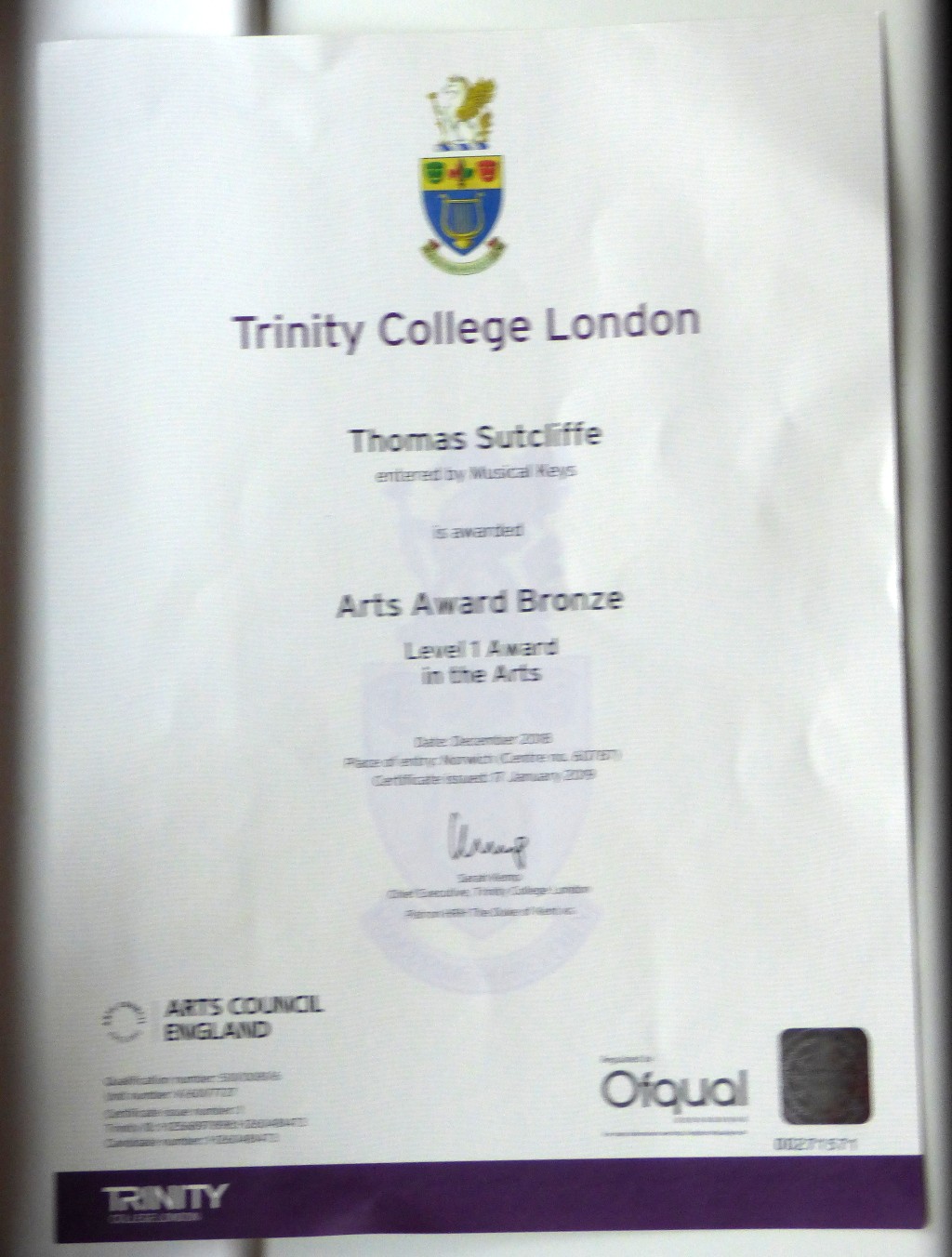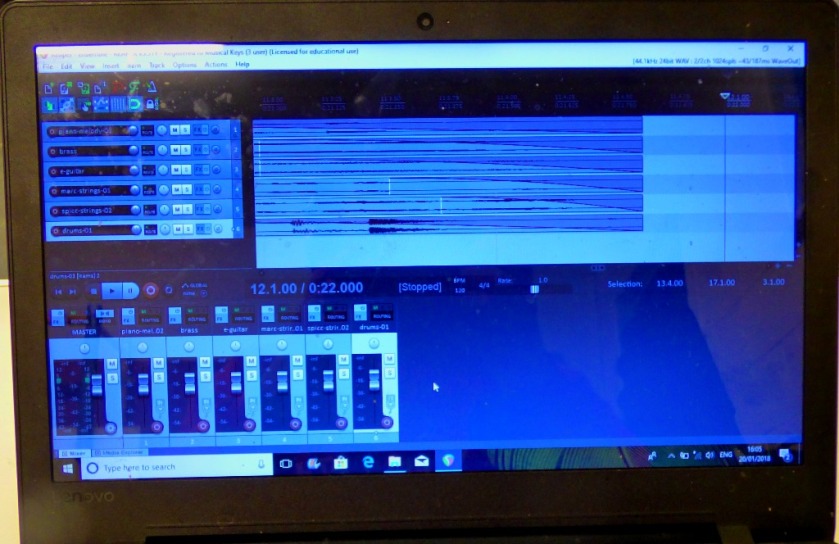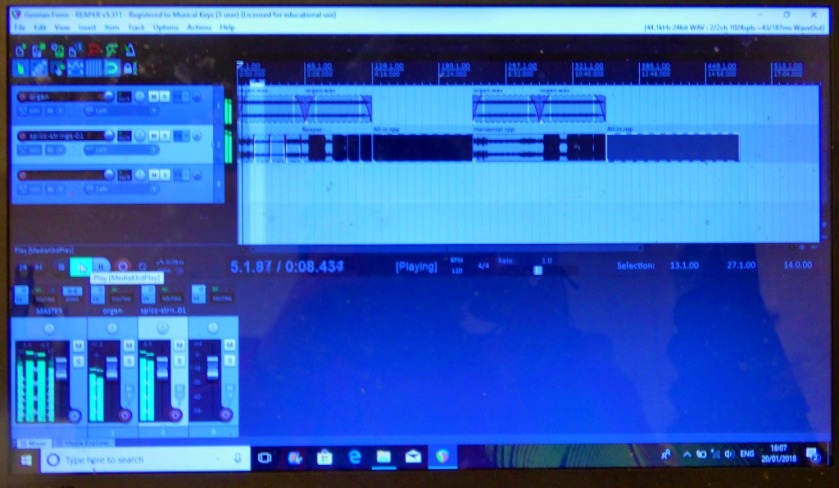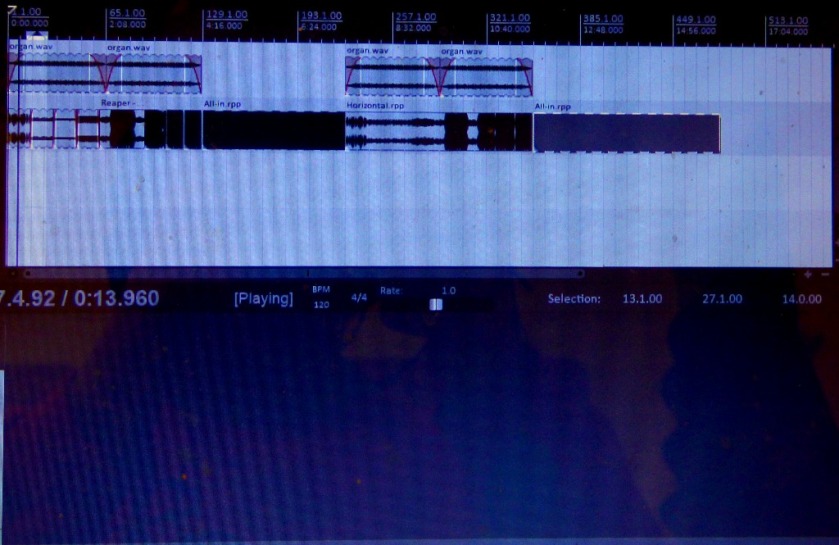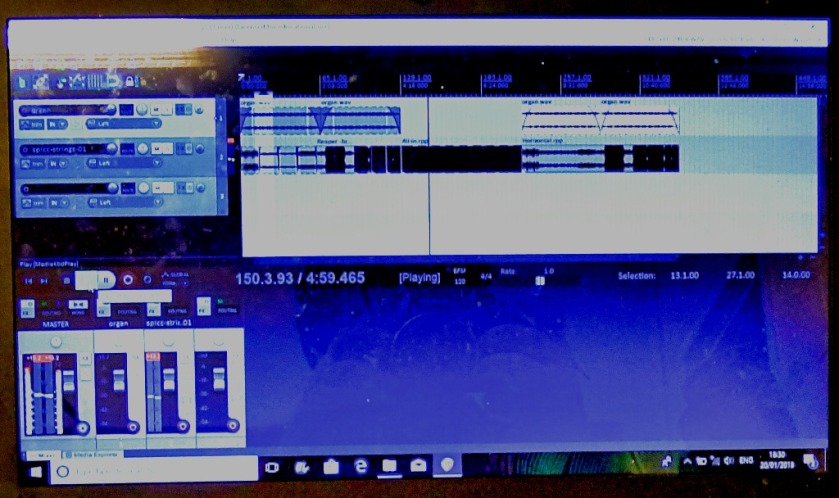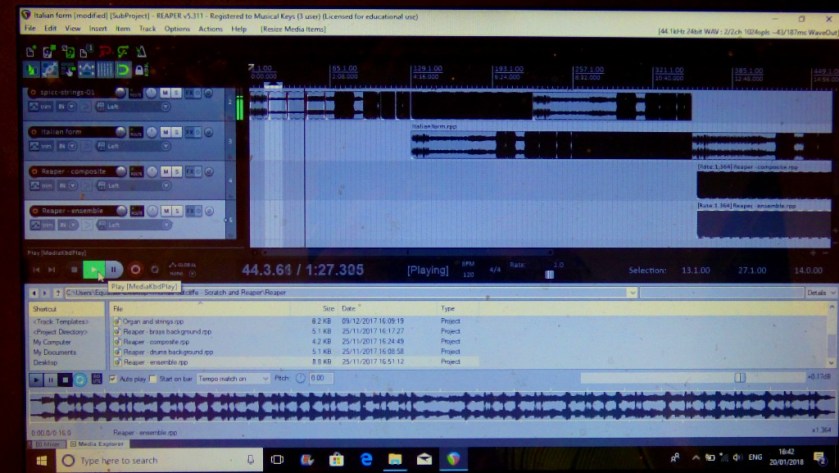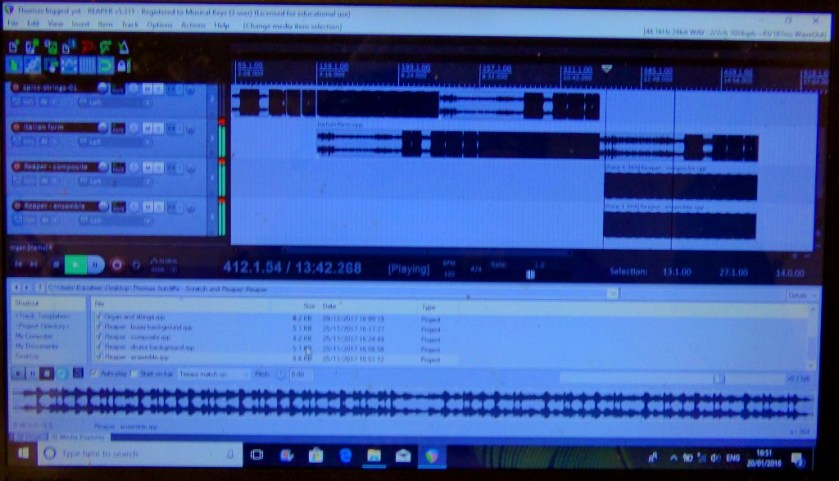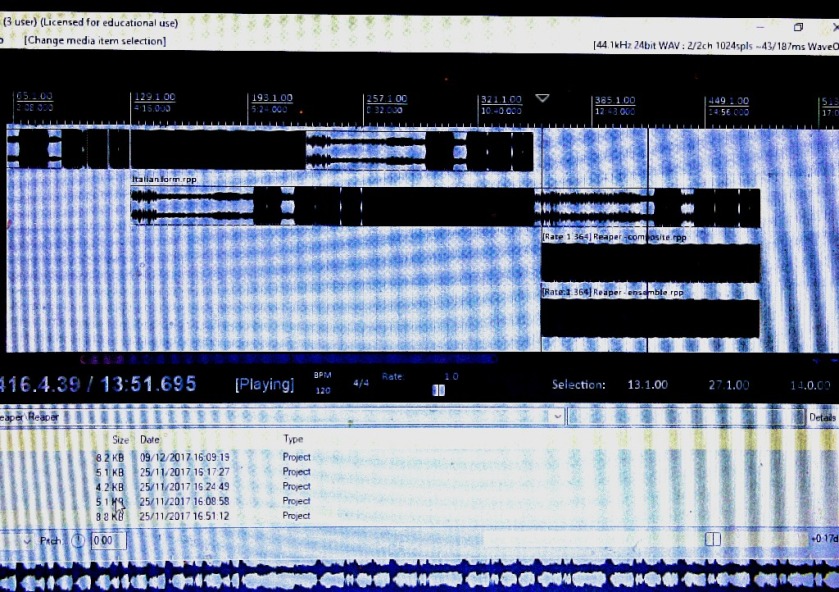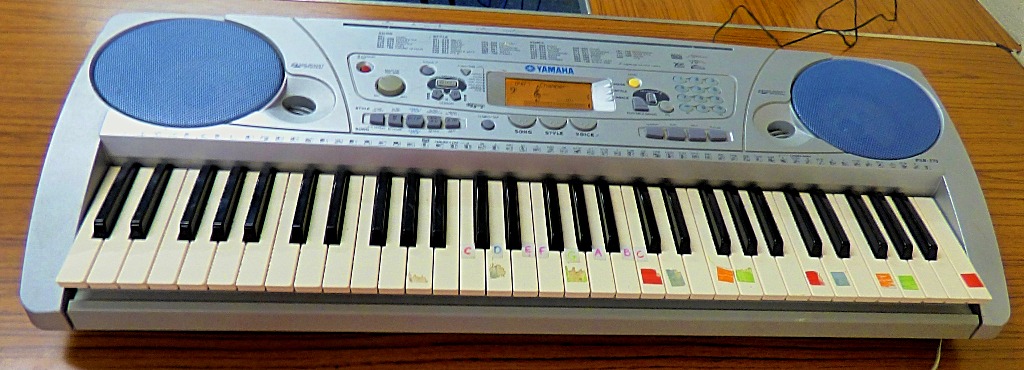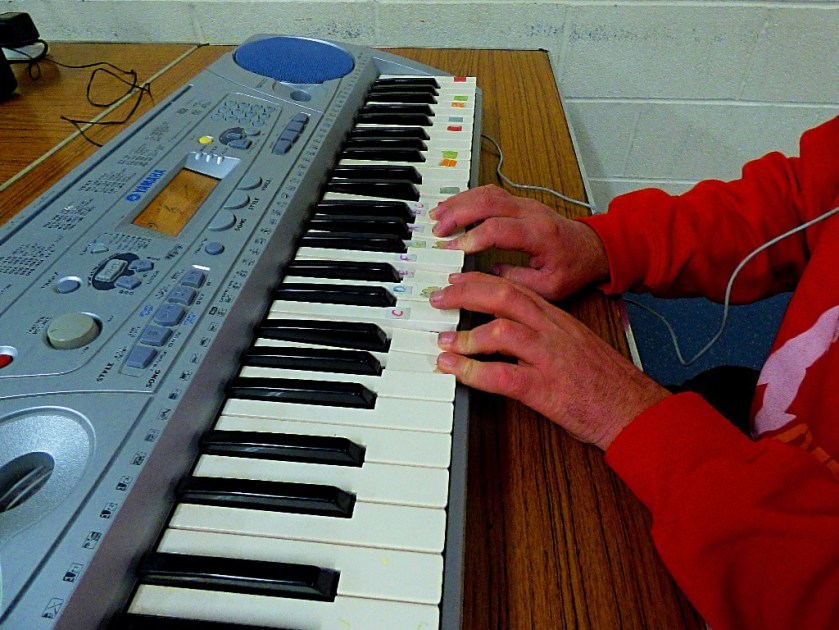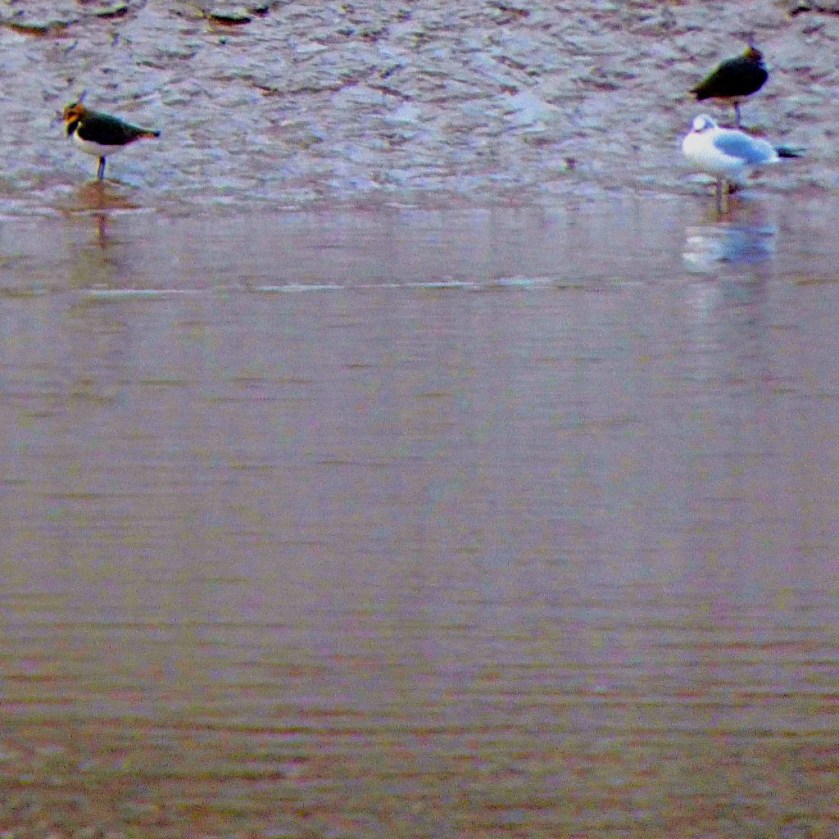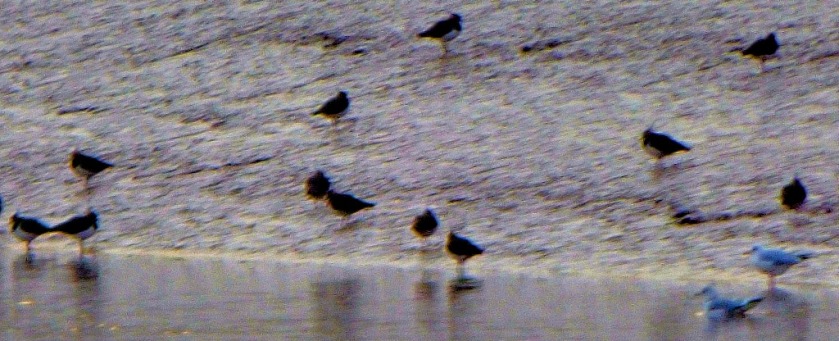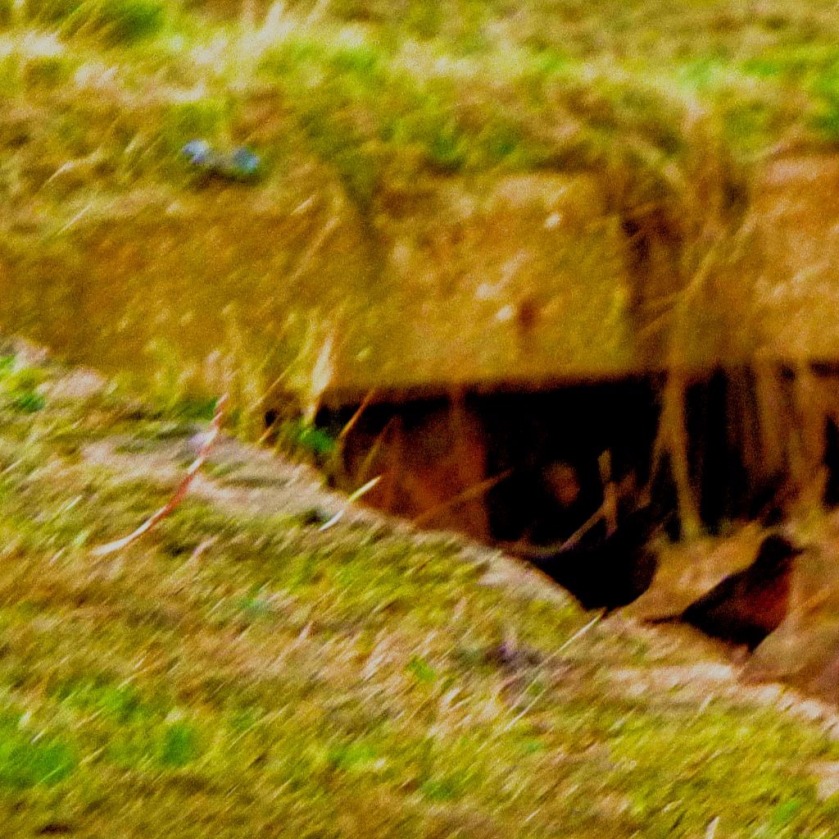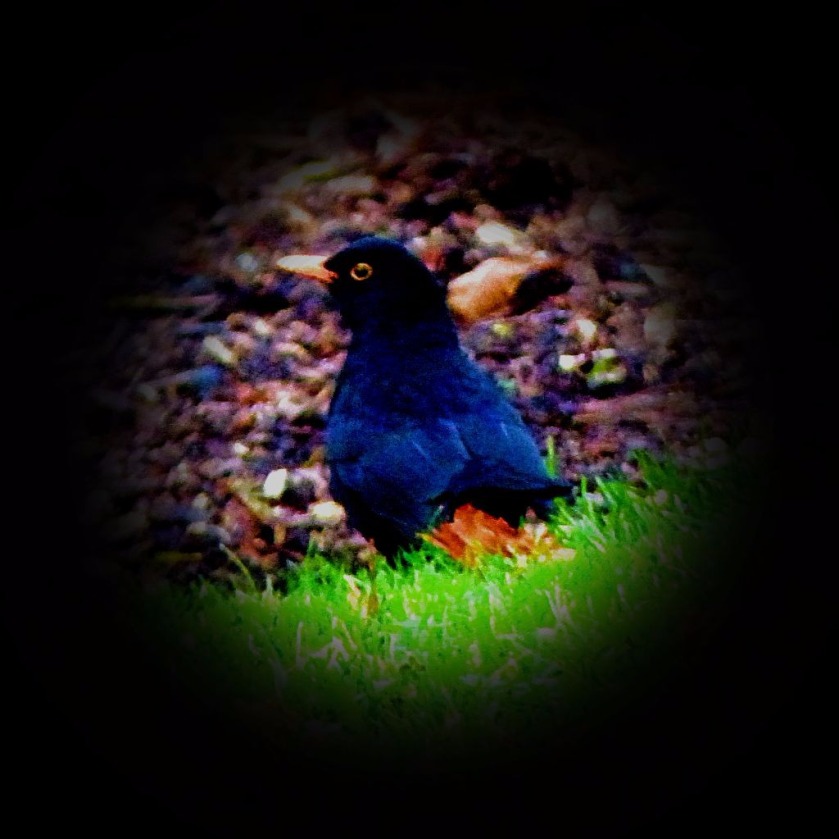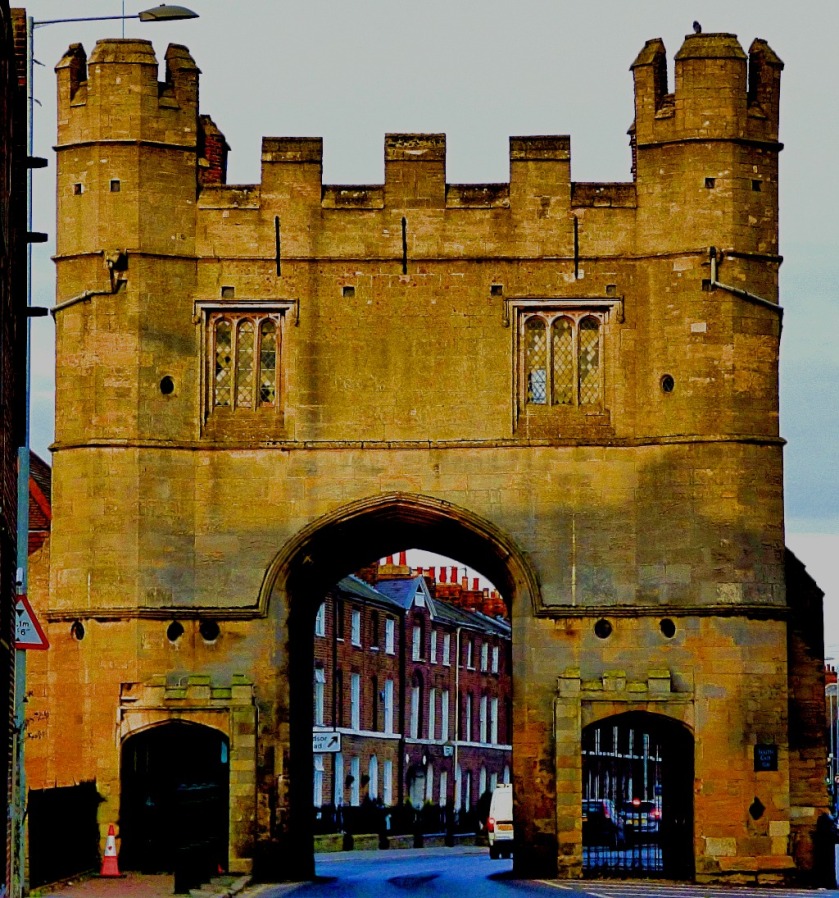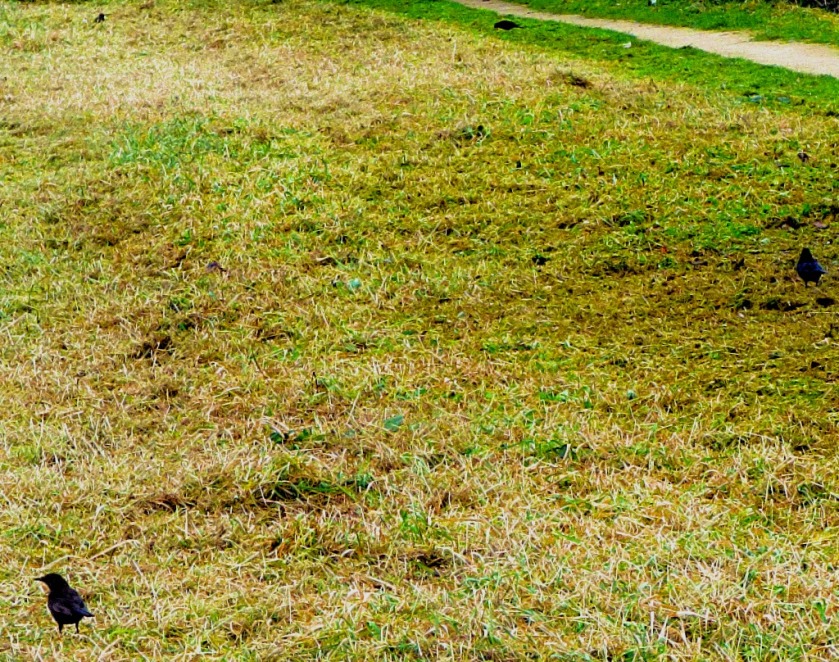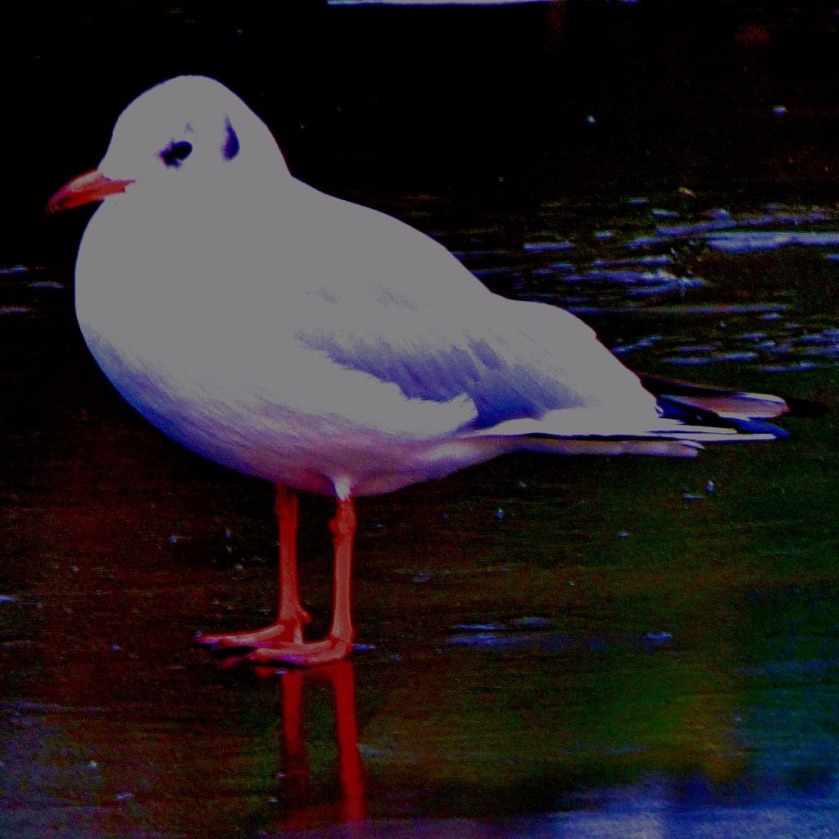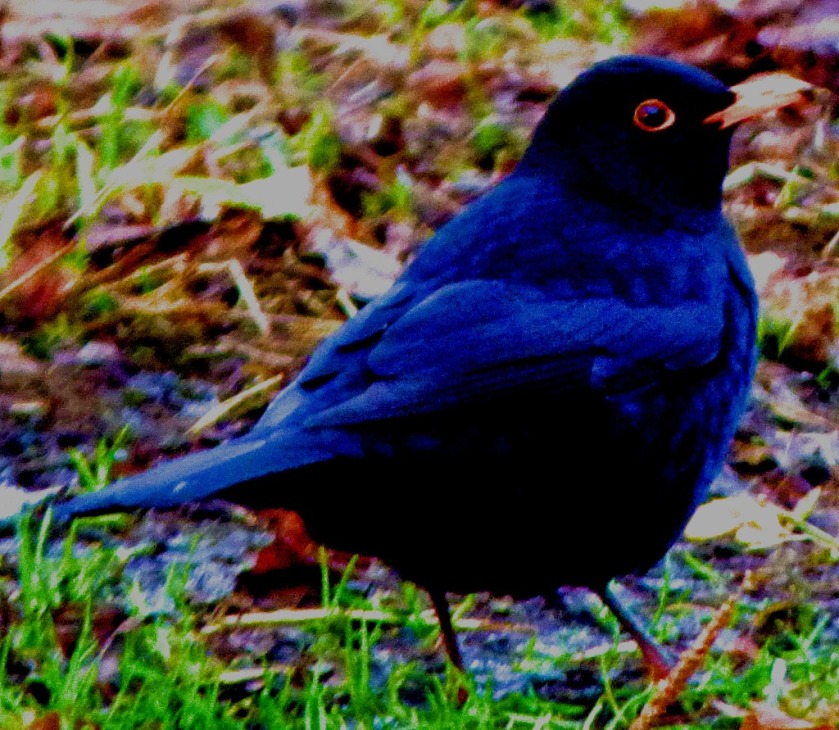INTRODUCTION
Today was the day I and three other people picked up Arts Awards (Bronze Level) from Trinity College, London, for work done at Musical Keys sessions in King’s Lynn run for autistic people.
THE WORK
There were four elements to the work that had to be done to earn this award:
- Creating music during the sessions.
- Demonstrating knowledge and understanding of how to create that music and being able to share with the group what one was doing.
- Providing a record of an arts related event that one had attended.
- Providing some information about one particular artist from whom you have taken inspiration.
I am now going to give you access to each of these four areas.
CREATING THE MUSIC/ SHARING HOW THIS IS DONE
My creative work was done using Scratch and Reaper on the computers. I do not have this work available to share at present, but here is a link to an old post which describes the process.
This one shows Scratch:
Here are some extra pictures set into a word document:
A RECORD OF AN ARTS EVENT
I interpreted this a trifle loosely so that I could use something for which I not only had a record but for which mine was the only photographic record – the time when Number 2 Hampton Court, Nelson Street, King’s Lynn was turned into an exhibition for Heritage Open Day.
This is what the document I submitted looks like:
MY CHOSEN ARTIST
I selected Maurits Cornelis Escher as my featured artist. Before producing my own offering about him, including three sample pictures I give you a variation on one of his pictures from Anna, titled “Never Ending Blogger“
Maurits Cornelis Escher has been a favourite artist of mine for a very long time. His mathematical pictures and impossible constructions particularly appeal to me because I enjoy mathematics, and unpicking optical illusions myself.
https://www.mcescher.com/about/biography/
Maurits Cornelis Escher (1898-1972) is one of the world’s most famous graphic artists. His art is enjoyed by millions of people all over the world, as can be seen on the many web sites on the internet.
He is most famous for his so-called impossible constructions, such as Ascending and Descending, Relativity, his Transformation Prints, such as Metamorphosis I, Metamorphosis II and Metamorphosis III, Sky & Water I or Reptiles.
But he also made some wonderful, more realistic work during the time he lived and traveled in Italy.
Castrovalva for example, where one already can see Escher’s fascination for high and low, close by and far away. The lithograph Atrani, a small town on the Amalfi Coast was made in 1931, but comes back for example, in his masterpiece Metamorphosis I and II.
M.C. Escher, during his lifetime, made 448 lithographs, woodcuts and wood engravings and over 2000 drawings and sketches. Like some of his famous predecessors, – Michelangelo, Leonardo da Vinci, Dürer and Holbein-, M.C. Escher was left-handed.
Apart from being a graphic artist, M.C. Escher illustrated books, designed tapestries, postage stamps and murals. He was born in Leeuwarden, the Netherlands, as the fourth and youngest son of a civil engineer. After 5 years the family moved to Arnhem where Escher spent most of his youth. After failing his high school exams, Maurits ultimately was enrolled in the School for Architecture and Decorative Arts in Haarlem.
Here are the three pictures I selected to show along with this:
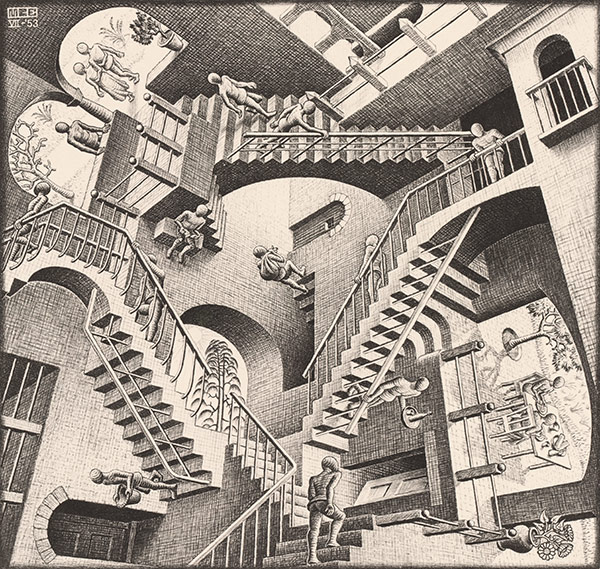


TODAY’S PRESENTATION
I had been worried that my health might prevent me from being present to collect my certificate, but fortunately I improved sufficiently to be discharged from hospital AND a care plan was put in place ready for said discharge, and in the event, although I found the experience quite tiring I was able to attend and collect my certificate in person. Here are some photos from today:




